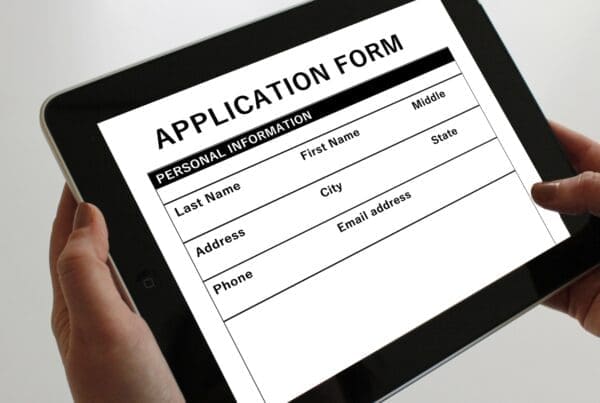Business leaders are expressing a strong desire to bring employees back to the office full-time, with 83% of companies aiming for this transition. However, only 20% of employees feel prepared to do so. A significant challenge also arises as more than a third of UK workers would consider quitting if told to return full-time to the office.
Why Do Companies Want Employees Back in the Office?
Companies have various motivations for wanting employees back in the office, driven by industry nature, company culture, and specific business needs. Common motivations include:
- Collaboration and Team Dynamics: Enhances teamwork and creativity through face-to-face interactions.
- Company Culture: Builds camaraderie among employees, reinforcing shared values.
- Mentorship and Professional Development: Facilitates better mentorship opportunities and professional growth.
- Communication and Coordination: Enables spontaneous communication, quick decision-making, and faster response cycles.
- Security and Confidentiality: Ensures better control over data security and confidentiality.
- Client and Customer Interactions: Need for face-to-face meetings are crucial for building and maintaining client trust.
- Creativity and Innovation: Fosters impromptu discussions, leading to unexpected insights and solutions.
- Equipment and Resources: Provides readily available resources for hands-on work or specific technologies.
- Monitoring and Oversight: Allows better in-person monitoring for roles requiring direct supervision.
- Established Work Processes: Maintains optimised workflows, avoiding significant adjustments for remote or hybrid models.
And Why Are Employees Hesitant to Return?
Employees express hesitancy due to several factors:
- Remote Work Flexibility, Commute, and Time Savings: Remote work offers time and stress savings with a flexible schedule.
- Health and Safety Concerns: Prioritise and communicate robust safety measures within the office environment alleviating concerns regarding health, safety and crowded office spaces.
- Productivity and Performance: Increased productivity when working remotely, with fewer distractions.
- Technology Advancements: Virtual tools bridge the gap between in-person and remote work.
- Preference for Hybrid Work Models: Employees desire a mix of remote and in-office work for face-to-face interaction.
- Work-Life Balance: Remote work contributes to better personal and professional balance.
- Cost Savings: Employees save on commuting costs, and employers reduce office-related expenses.
- Environmental Concerns: Remote work aligns with environmental sustainability goals.
- Higher Job Satisfaction: Linked to autonomy and control over the work environment.
A Roadmap for a Balanced Approach for a Successful Return
To achieve a successful return, you may wish to consider the following strategies:
- Clear Communication: Transparently communicate reasons for the return, outlining benefits for both the company and employees.
- Flexible Work Arrangements: Whilst a return fulltime is the goal, consider a hybrid model, allowing employees to choose a mix of office and remote work.
- Attractive Office Environment: Invest in creating a comfortable, modern, and appealing office space.
- Support for Commuting: Offer commuting support, such as transportation subsidies or flexible options.
- Incentives and Perks: Provide bonuses, flexible schedules, additional vacation days, or exclusive benefits.
- Employee Wellness Programs: Implement wellness programs supporting physical and mental health.
- Employee Input: Conduct surveys, involve employees in decision-making, and consider their concerns and preferences.
- Recognition and Appreciation: Acknowledge and appreciate remote efforts, creating a positive atmosphere.
- Customised Return Plans & Phased Approaches: Implement phased returns, gradually increasing office days to alleviate anxieties.
- Enhanced Office Technology: Ensure the office is equipped with advanced technology supporting seamless collaboration.
- Professional Development Opportunities: Emphasise in-person professional development opportunities available in the office.
- Team-Building Activities & Social Events: Plan activities fostering camaraderie among employees to create a positive workplace culture.
- Leadership Presence: Demonstrate leadership presence in the office to instil confidence and unity.
- Continuous Feedback: Establish a continuous feedback loop, regularly assessing experiences and making adjustments.
By incorporating these strategies, employers can create an environment that meets business needs while considering employee preferences and wellbeing, making the return to the office more enticing.Top of Form





